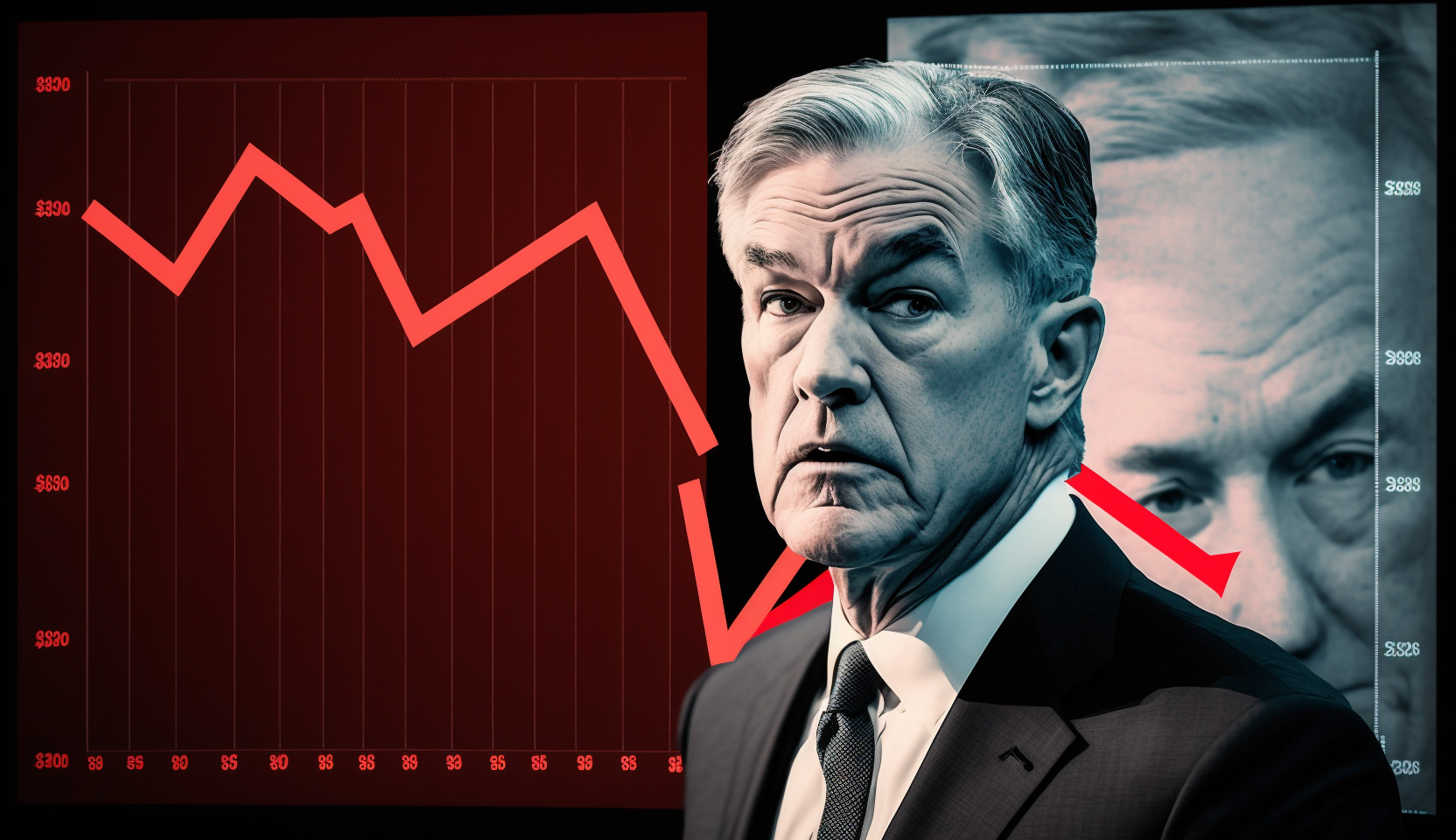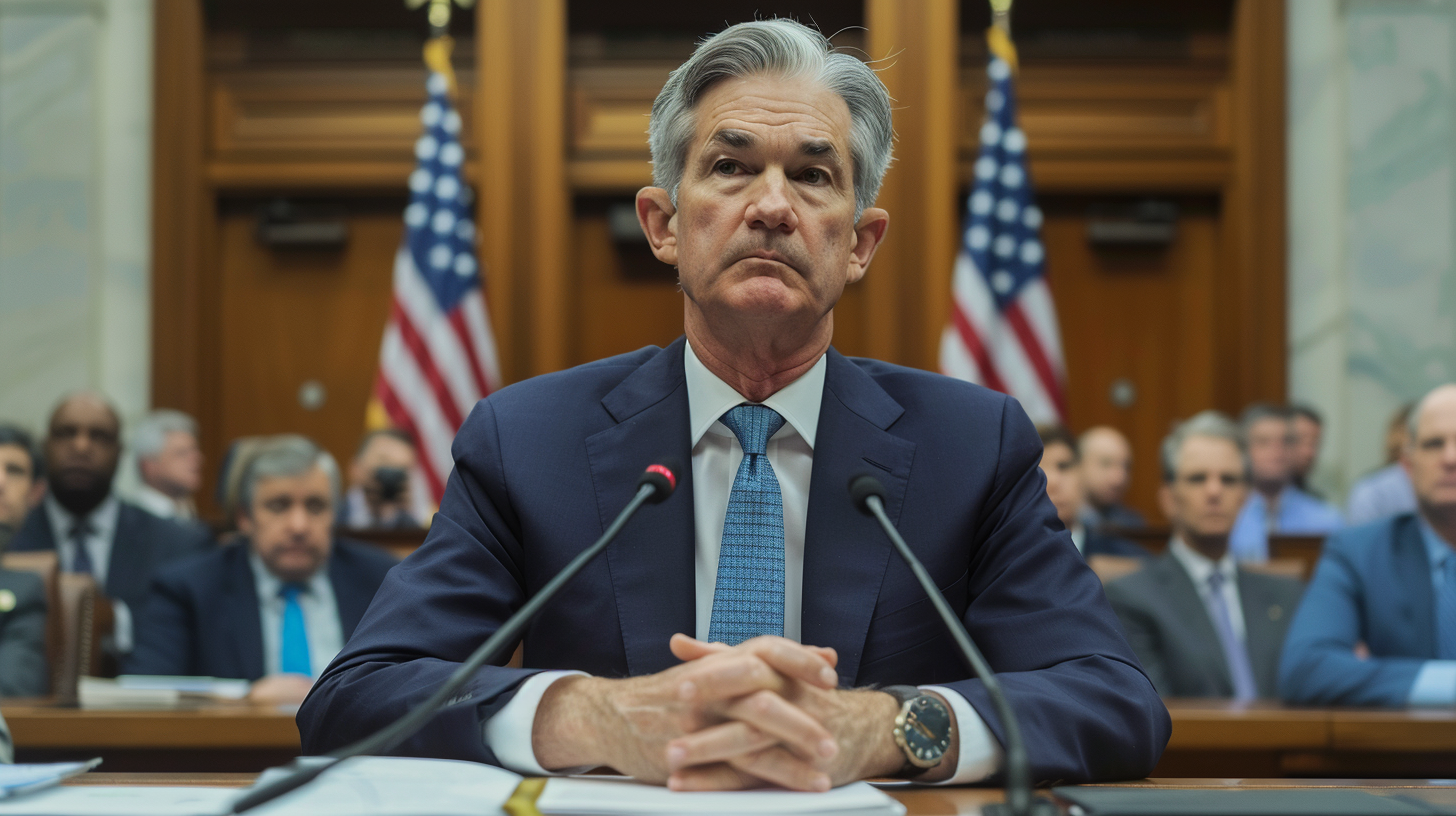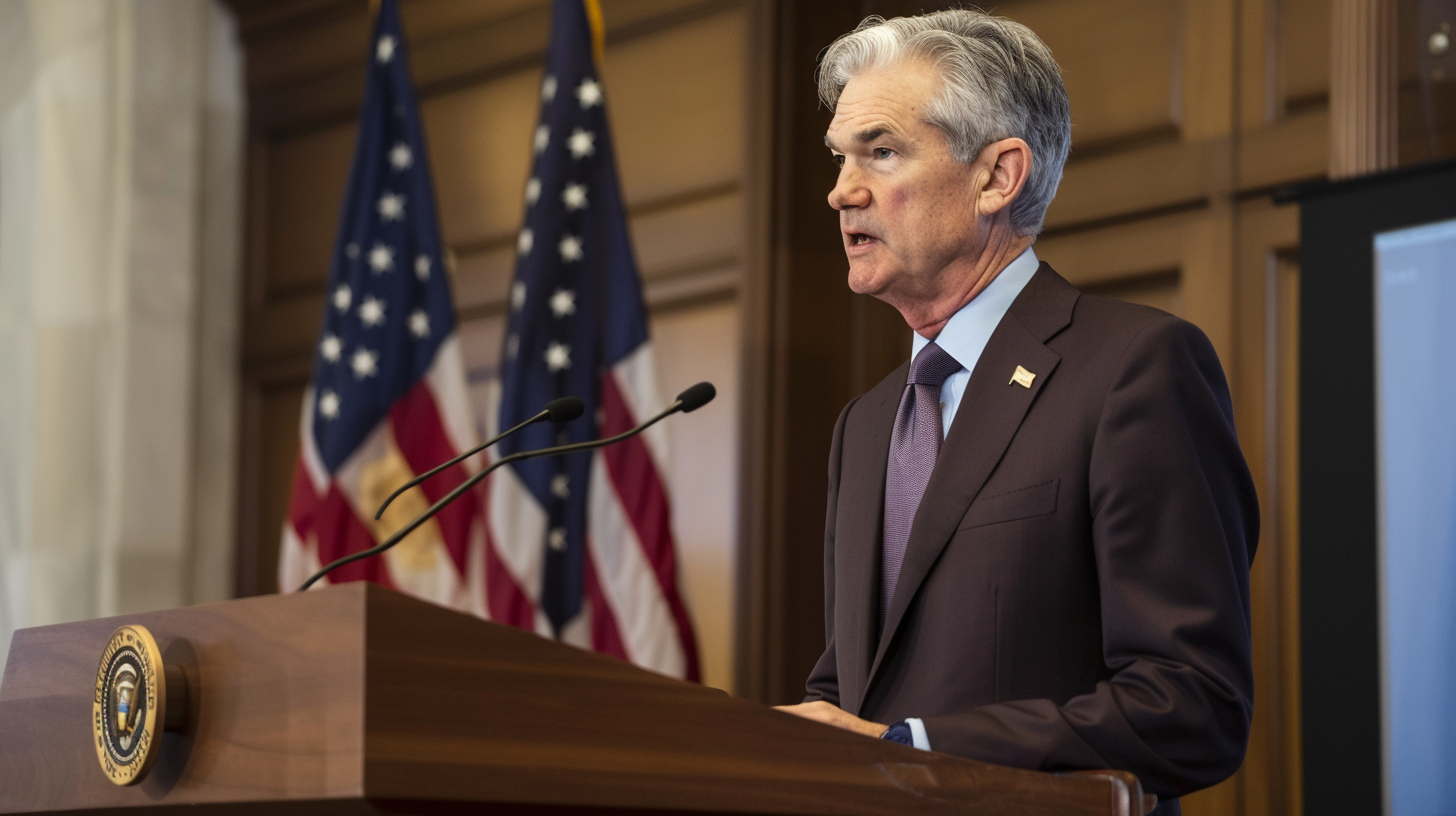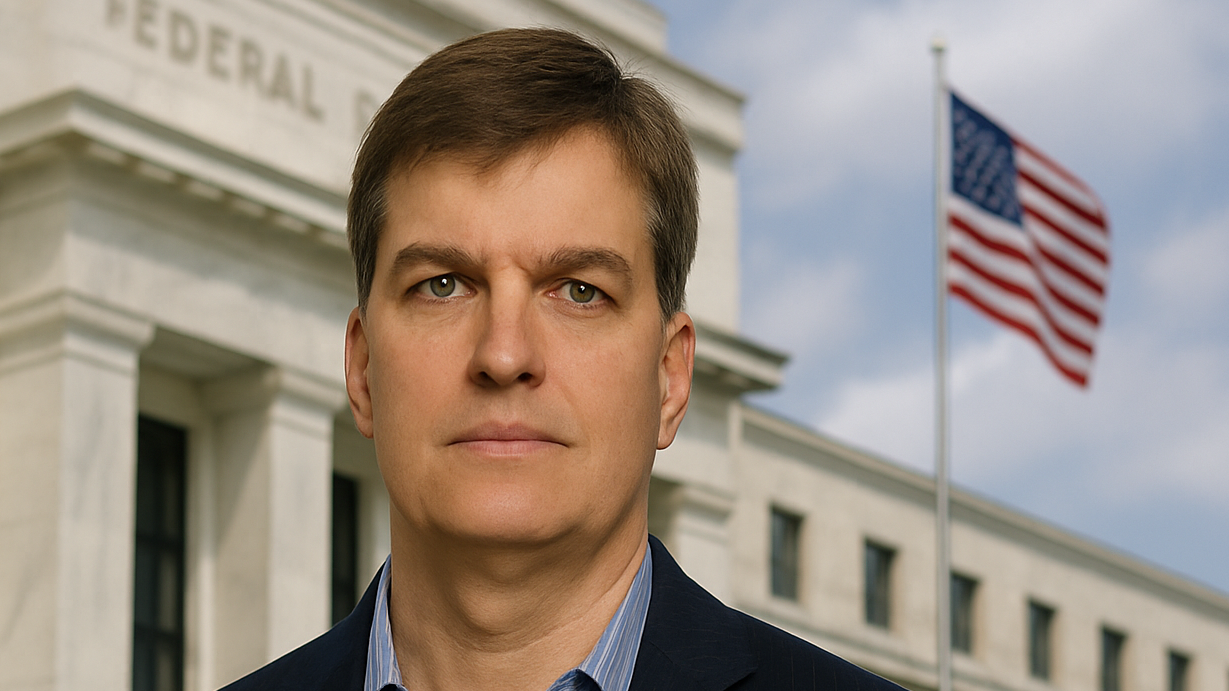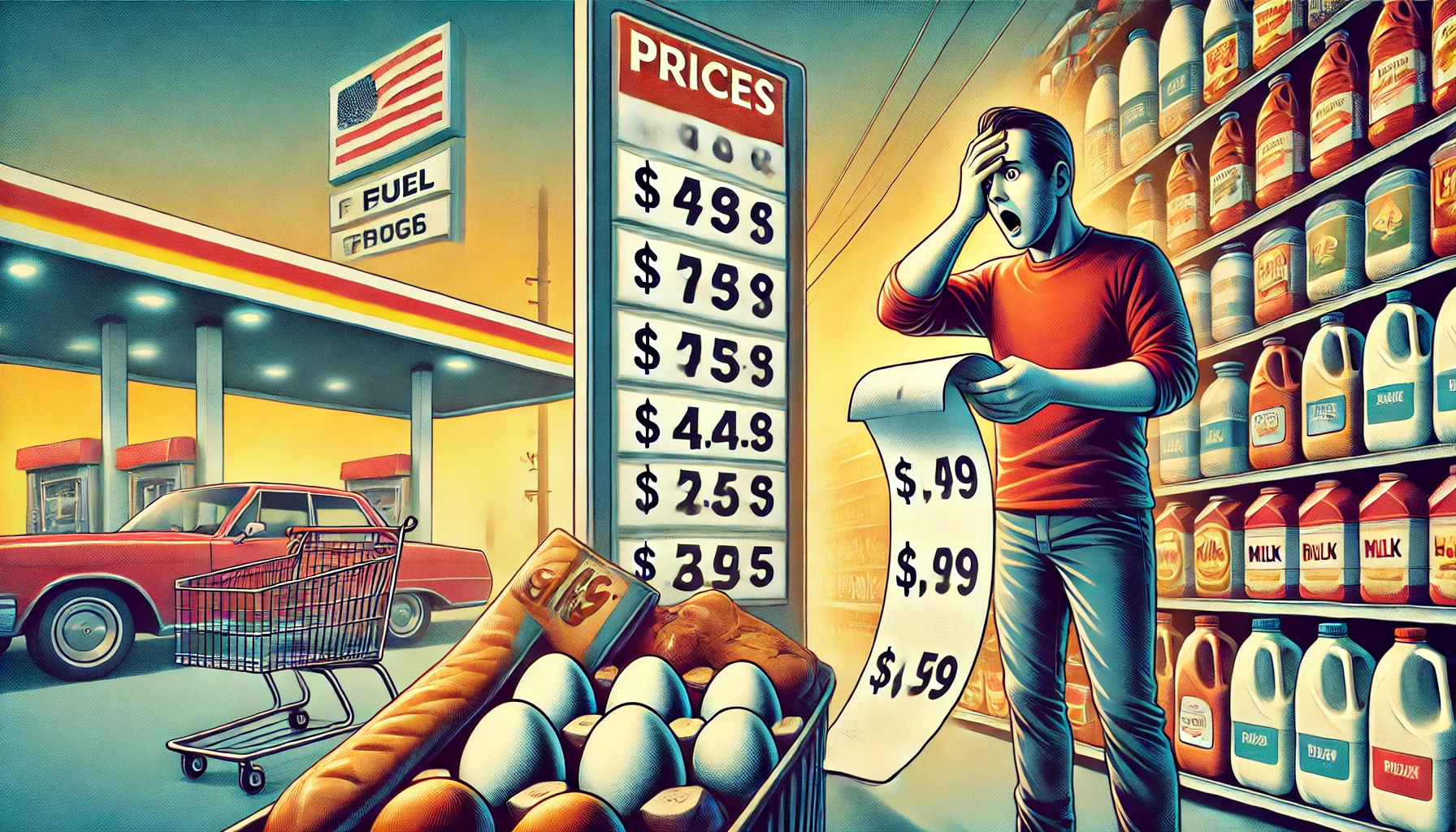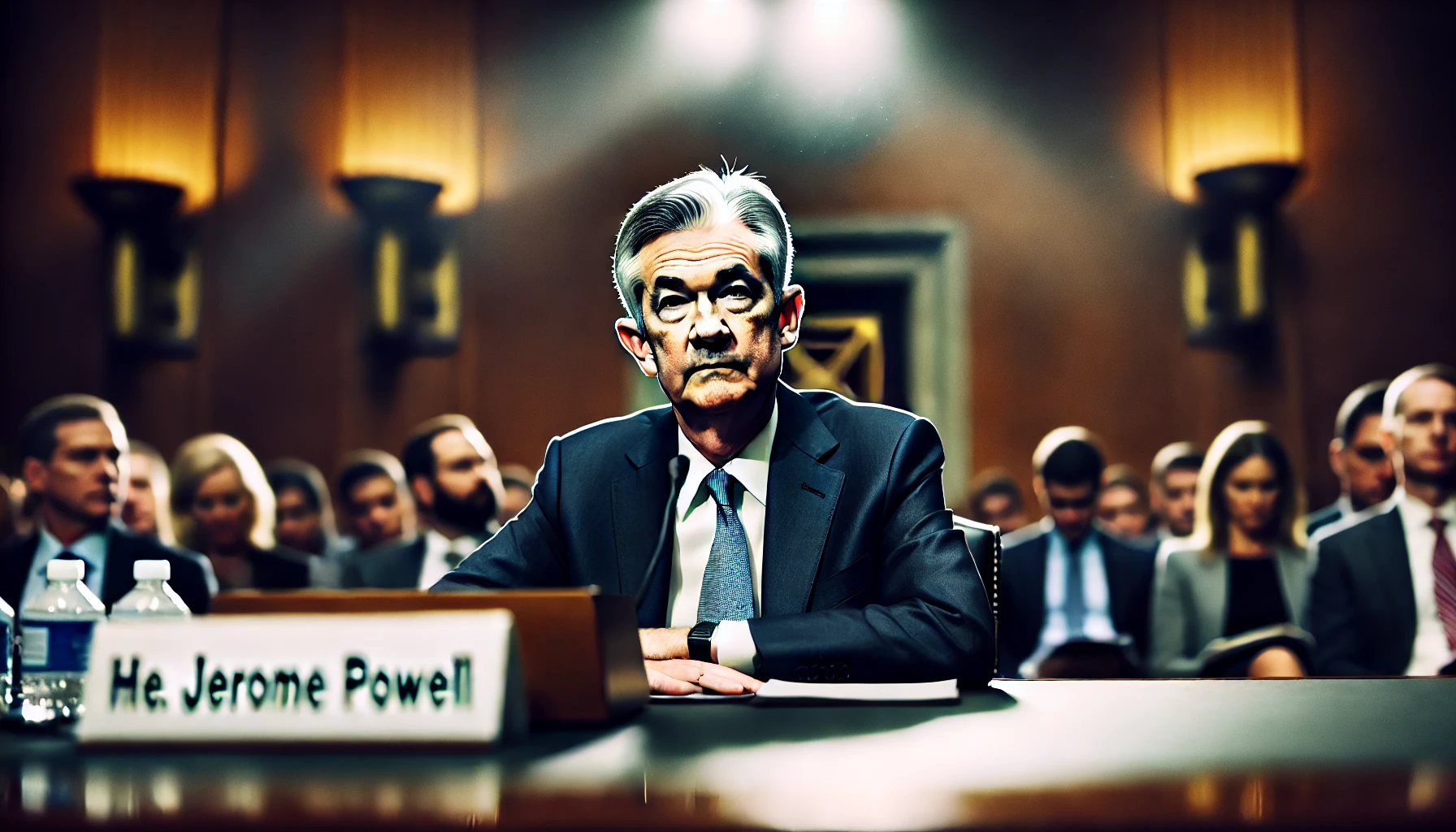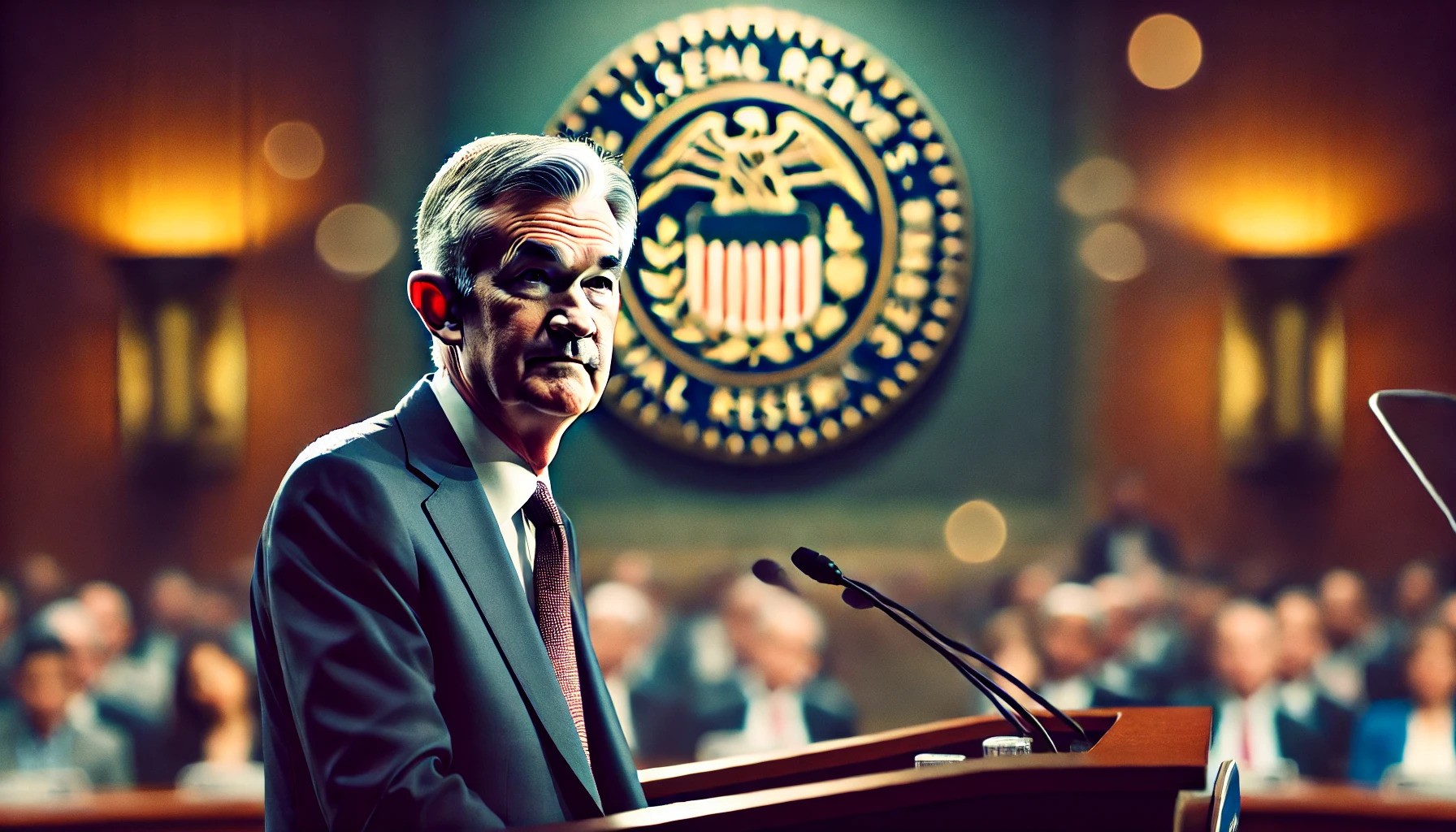U.S. inflation edged higher in August, complicating the Federal Reserve’s decision-making as it prepares for its September policy meeting. The Consumer Price Index (CPI) rose 2.9% year-over-year, up from July’s 2.7% pace, while monthly prices climbed 0.4%—a faster increase than the prior month. The uptick was fueled by persistently high gasoline prices and firmer food costs, underscoring the challenge of controlling inflation while navigating a slowing economy.
Core inflation, which excludes food and energy, held steady at 3.1% year-over-year. On a monthly basis, core prices rose 0.3%, marking the strongest two-month stretch in half a year. Travel and transportation costs stood out as particular pressure points, with airfares jumping nearly 6% in August after a strong gain the previous month. Vehicle prices, both new and used, also reversed earlier declines. Meanwhile, some categories showed moderation, such as medical care and communication services, which provided modest relief.
While the inflation data reflects lingering price pressures, the labor market tells a different story. Weekly jobless claims surged to 263,000—the highest level in nearly four years—suggesting that hiring momentum continues to cool. This comes on the heels of government revisions showing that the economy added 911,000 fewer jobs than previously reported between March 2024 and March 2025. Taken together, the data points to a labor market losing steam even as certain costs remain stubborn.
Markets are betting that the Fed will still cut interest rates next week, with traders pricing in an 88% probability of a quarter-point reduction and an 11% chance of a half-point move. By year-end, expectations remain for a total of 75 basis points in cuts. For policymakers, the dilemma is clear: inflation is not fully under control, but economic softness is becoming too pronounced to ignore.
The inflation numbers also highlight the effect of tariffs imposed by the Trump administration, which are filtering into consumer prices unevenly. Gasoline and travel costs remain elevated, while categories such as lodging and some services show weakness, pointing to households feeling the pinch in essential spending areas. At the same time, producer prices declined 0.1% in August, suggesting that businesses are absorbing some of the additional costs rather than passing them entirely to consumers.
The Federal Reserve now faces a delicate balancing act. Cutting rates too aggressively could risk reigniting inflationary pressures, especially if energy and trade-related costs remain sticky. Moving too cautiously, however, could deepen the strain on employment and consumer confidence, potentially tipping the economy toward recessionary conditions.
Investors are watching closely not only for the rate decision but also for Fed Chair Jerome Powell’s messaging. With both inflation and unemployment data pulling in different directions, the September meeting will serve as a pivotal moment for how the Fed charts its course through a complex and fragile economic backdrop.

